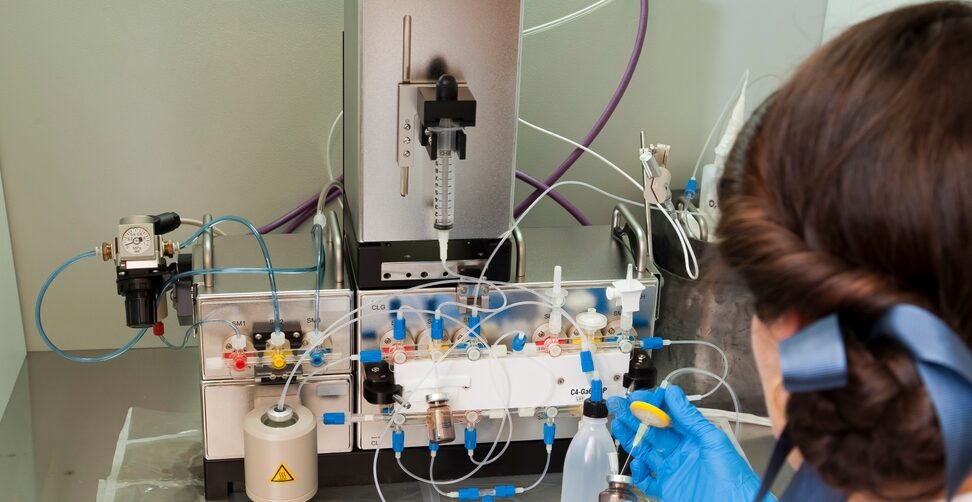Vertical Integration: A New Approach to Tackling Contrast Shortages in CT Imaging

The worldwide shortage of imaging contrast agents last year left medical providers struggling to provide proper diagnostic care for their patients. In response, North American pharmaceutical provider Voyageur Pharmaceuticals has implemented a new approach to tackle the shortage head-on. By using barium and iodine sources in Canada and the United States, the company has created its own vertical integration efforts that strive to reduce its reliance on foreign sources. In this blog post, we’ll delve into the details of this innovative approach and explore what it means for the medical industry.
Contrast agents play a significant role in CT imaging, allowing doctors and medical professionals to view internal organs and detect potential health issues. However, the previous reliance on foreign suppliers for contrast agents has led to shortages that have left many patients without access to important tests. This new vertical integration approach by Voyageur Pharmaceuticals is a step towards solving this persistent problem.
The company’s aim is to reduce the supply chain’s dependence on overseas sources that create cost and time-related challenges in the availability of contrast agents. With a vertically integrated system, Voyageur Pharmaceuticals will have direct control over each step of the supply chain, from manufacturing to delivery. The implementation of this approach means that they’ll be able to guarantee a stable supply of contrast agents for healthcare providers across North America, ensuring that there’s balance in the supply and demand cycle.
Vertical integration has long been used by various industries as a successful business model. By taking charge of every element of the process, businesses can improve their efficiency and drive costs down. In the medical industry, the integration of the supply chain can only be a positive for patients, ensuring that they will receive the necessary care and treatments. The benefits that this approach has brought to other industries – control over supply, higher quality product – will now manifest itself in medical care, improving the speed and quality of diagnostic services.
The implementation of this new approach by Voyageur Pharmaceuticals shows that the medical industry recognizes the need for innovation and improvement in the face of obstacles. By setting up a supply chain that minimizes the dependence on overseas sources, the industry can take control of its own circumstances and create security for future operations. The company has stated that it will still purchase contrast agents from overseas sources for now, but through this vertical integration approach, it aims to control its supply of contrast agents.
Contrast agents play a significant role in CT imaging, allowing doctors and medical professionals to view internal organs and detect potential health issues. However, the previous reliance on foreign suppliers for contrast agents has led to shortages that have left many patients without access to important tests. This new vertical integration approach by Voyageur Pharmaceuticals is a step towards solving this persistent problem.
The company’s aim is to reduce the supply chain’s dependence on overseas sources that create cost and time-related challenges in the availability of contrast agents. With a vertically integrated system, Voyageur Pharmaceuticals will have direct control over each step of the supply chain, from manufacturing to delivery. The implementation of this approach means that they’ll be able to guarantee a stable supply of contrast agents for healthcare providers across North America, ensuring that there’s balance in the supply and demand cycle.
Vertical integration has long been used by various industries as a successful business model. By taking charge of every element of the process, businesses can improve their efficiency and drive costs down. In the medical industry, the integration of the supply chain can only be a positive for patients, ensuring that they will receive the necessary care and treatments. The benefits that this approach has brought to other industries – control over supply, higher quality product – will now manifest itself in medical care, improving the speed and quality of diagnostic services.
The implementation of this new approach by Voyageur Pharmaceuticals shows that the medical industry recognizes the need for innovation and improvement in the face of obstacles. By setting up a supply chain that minimizes the dependence on overseas sources, the industry can take control of its own circumstances and create security for future operations. The company has stated that it will still purchase contrast agents from overseas sources for now, but through this vertical integration approach, it aims to control its supply of contrast agents.